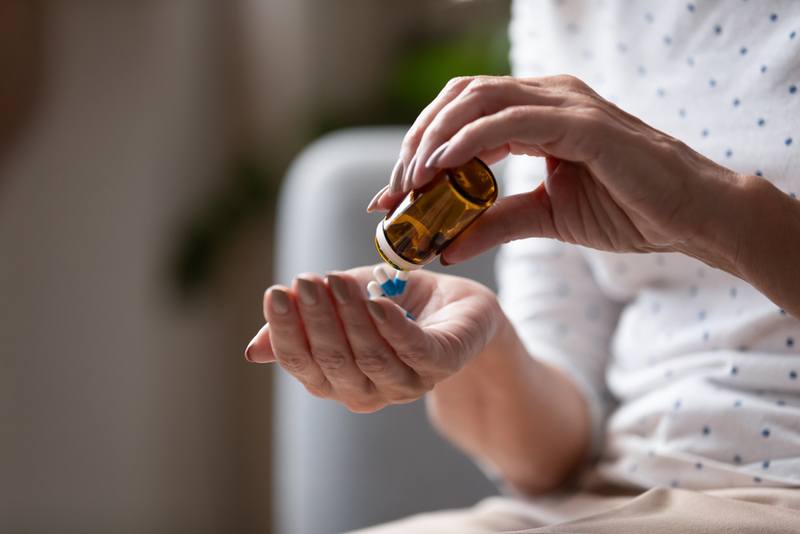
Understanding medication options
A person with type 1 diabetes has insufficient insulin production in their body. This implies that you must take insulin daily. Insulin can be administered via injections, insulin pens, or insulin pumps, and it comes in a range of forms, from long-acting to rapid-acting. Because your body is unable to use insulin efficiently when you have type 2 diabetes, you will need to take non-insulin drugs to control your blood sugar levels by altering other bodily processes. The following list includes some popular non-insulin diabetes drugs along with some brand names: Metabolic acid (glucophage) agonists of the glucagon-like peptide 1 (GLP-1) receptor (Ozempic, Trulicity, Byetta) two agonists for the GLP-1/gastric inhibitory peptide (GIP) receptor (Mounjaro) Nesina, Tradjenta, Onglyza, and Januvia are inhibitors of dipeptidyl peptidase 4 (DPP-4). Inhibitors of sodium-glucose cotransporter 2 (SGLT2) (Brenzavvy, Invokana, etc.) Actos and Avantia are examples of thiazolidinediones (TZDs). Amaryl, glucotrol, and micronase are examples of sulfonylureas.Your doctor may recommend uncommon drugs like the following to be taken in addition to your regular medicines, depending on your specific needs for managing your diabetes: meglintinides, such as Prandin and Starlix Dopamine-2 agonists (Cyclosest), bile acid sequestrants (Welchol), and alpha glucosidase inhibitors (Precose, Glyset)